Legendary ‘Camera’ magazine rises from the ashes
posted Tuesday, February 5, 2013 at 11:43 AM EST
To my surprise and amazement, the other day, I glimpsed a familiar magazine logo at my local newsstand that I had not seen in more than 30 years. Peeking out of the photography section were the chunky logo letters that spelled out the title of a long-defunct magazine: Camera.
In disbelief, I picked it up. But the miracle was self-evident in the magazine's deep covers and the heavy, matte-surfaced pages -- Camera magazine was back among the living.
Camera was one of the reasons I became a serious photographer. I had discovered it quite by accident in the late 1960s, and I remember the first time I flipped through its pages. It felt more like leafing through a stack of hand-printed portfolio photographs, than pages in a magazine. From its very beginning nearly a century ago, the quality of the magazine's printing mattered almost as much as the images inside. And for decades, Camera was printed on the highest quality sheet-fed gravure presses -- an expensive proposition, but one that produced the deep blacks and saturated colors that helped distinguish the publication from all others.
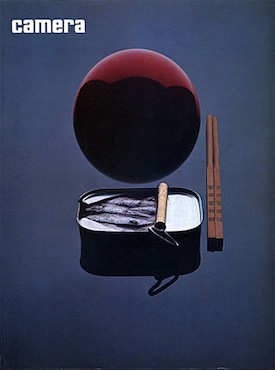
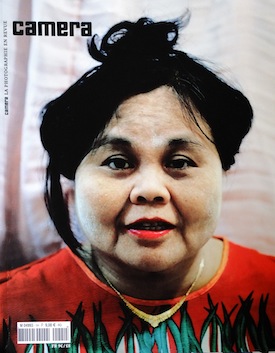
Camera: Then and Now. (left, cover of Nov. 1973 issue; right, cover of Jan. 2013 issue)
Launched in 1922 by Swiss engineer Adolf Herz, Camera was first published in German and had a limited audience. After World War II, the magazine became tri-lingual (German, French and English) in an effort to expand its audience, and grew in popularity among art and photo lovers. However, the glory years for Camera did not begin until 1966 when a talented American editor, Allan Porter, took charge of the publication.
Porter maintained the magazine's heritage of beautiful printing and content -- which featured a mixture of new and old photographic work -- but he brought a more modern approach to its layout and the design of text. He was an innovator, a risk taker and also a bit of a joker.
For example, in the late 1970s, the magazine's owners, Ringier Printing, pressured him to switch from gravure to cheaper lithographic presses. In response, he published a special issue about printing press techniques that showcased the differences between gravure and lithographic offset printing, with pages bound into the magazine so they could be opened and laid on top of the other. This allowed Camera's readers to see for themselves how the different techniques altered photos, and how much better its gravure printing really was.
Nonetheless, despite such attention to quality printing and a loyal readership, Ringier pulled the plug on Camera in 1981. Today, back issues of the magazine are treasured possessions and very collectible, some selling at auction for hundreds of dollars each.
But last month, Camera rose from its ashes, thanks to two life-long fans -- Bruno Bonnabry-Duvall and Brigette Oller. They're the new forces behind the revamped and relaunched Camera, and they have bravely set out on what seems to be a quixotic mission. Over the last two decades, the trend in publishing has been to move magazines and newspapers online, often forgoing publication of hard copy. In spite of this, Bonnabry-Duvall and Ollier are reviving a publication whose very essence is its physical, tangible form. You simply cannot experince the richly printed pages on an iPad or laptop screen.
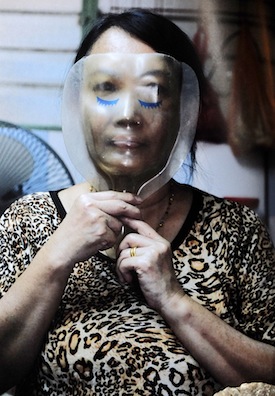
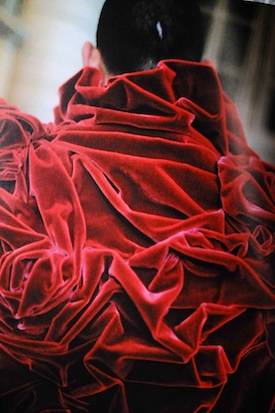
Each issue of Camera features an interview with a professional photographer. Françoise Hugier and her series "Don't Move" are showcased in the Jan. 2013 issue.
I think the first issue, which landed on newsstands worldwide on Jan. 27, shows they are on the right track. Like the original Camera, the new revival is a celebration of the printed image that has to be held in one's hands to be appreciated. Whether it will succeed financially, however, is another matter.
Bonnabry-Duvall and Ollier have structured their quarterly publication in keeping with the original monthly. Each issue of the new Camera features 72 pages, 32 of which are pages of photographs. There is one in-depth interview with a photographer, a featured portfolio by another photographer, reports on new photo projects, reviews of photography books, and articles about galleries and collectors. To reach help them reach a larger audience, each issue is published in both English and French.
The first issue includes an interview with photographer and portfolio of images by Françoise Hugier, whose cover photo -- from her series "Don't Move" -- sets the tone for the magazine. I had not heard of Mme. Hugier before, but looking at her photos, I am now a fan.
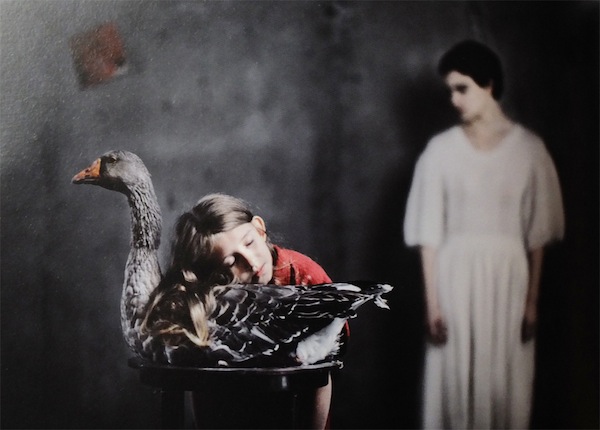
A photo in the portfolio "Autism" by the Tseraev & Loier Collaboration.
Following this interview, is a featured portfolio titled "Autism" by two Russian photographers who call themselves the Tseraev & Loier Collaboration. It is followed by an article on the Gallerie Paris-Beijing that exhibits photography by young Chinese photographers.
The newsstand price for this exquisitely printed magazine is 9 € in Europe or about $12.50 in the US. You can learn more about Camera and subscribe to it here.